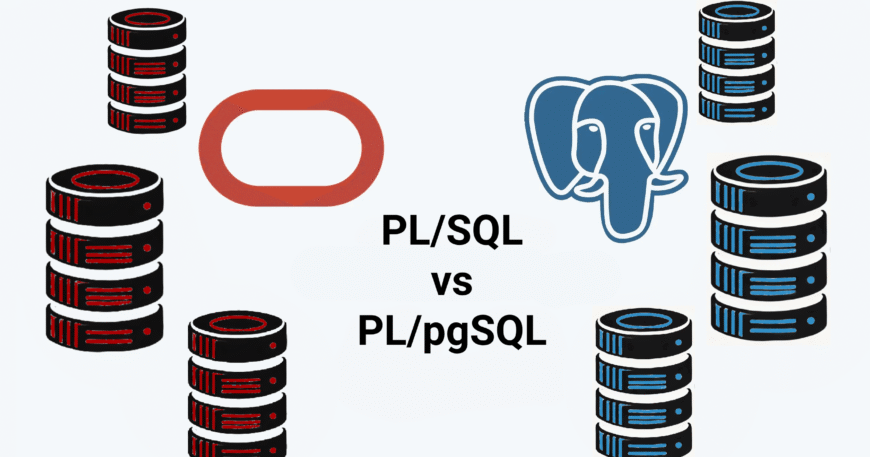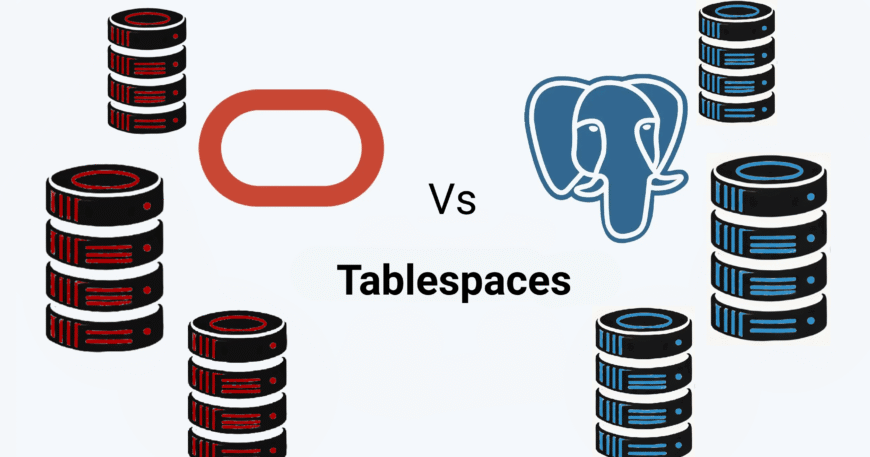Offline PostgreSQL Installation on RHEL 9: Solving the No Internet Challenge
PostgreSQL is one of the most loved databases, especially by developers, for its simplicity, easy configurations, and massive community support. It's an open-source powerhouse known for handling everything from small projects to large-scale applications.
While major cloud providers, like AWS, Google, and Microsoft offer robust solutions for hosting databases on the cloud, not all businesses can or want to go this route
Many companies, choose to store their databases in secure, closed environments—machines without internet access or outside the cloud. This is often done to maintain tight control over sensitive data and to meet strict security requirements. However installing PostgreSQL in a restricted, offline environment can be a real challenge, as it limits access to typical installation tools.
Recently, I worked on a client project with a similar setup—a secure, offline environment without internet access—where we needed to install and configure PostgreSQL from scratch. If you’re facing the challenge of setting up PostgreSQL in a closed environment, this blog will guide you through the process step-by-step.







